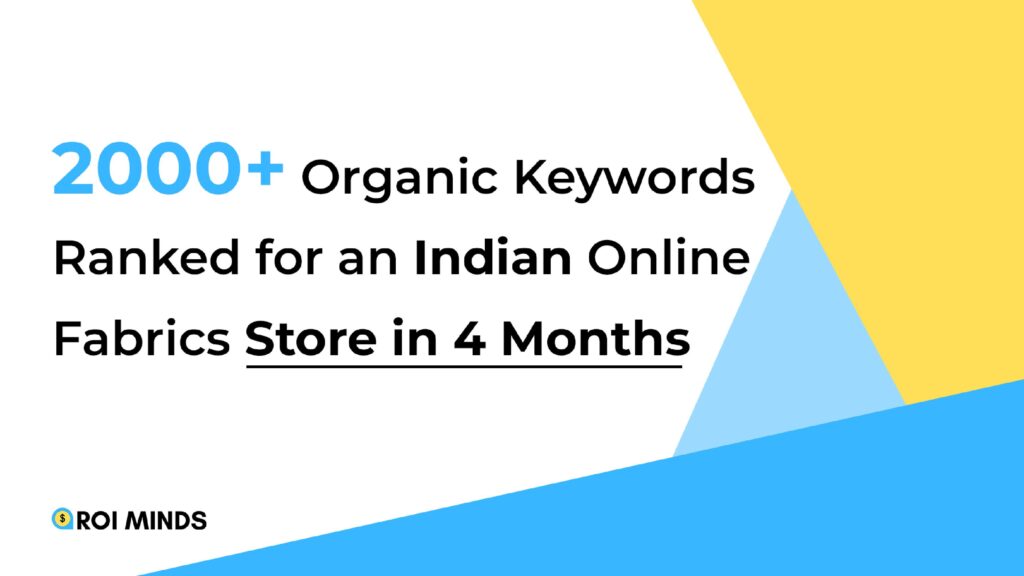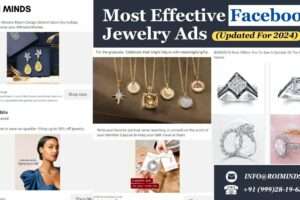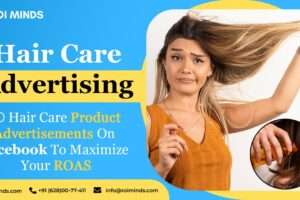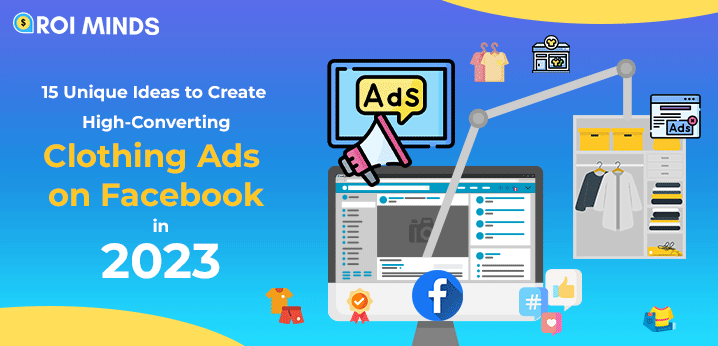How much do you care about your customers? How much is your customer educated about your product?
Have you ever thought about it? Ever thought about “FACEBOOK SALES FUNNEL”?
There are over 2.37 active monthly users on Facebook today and nobody logs in to just buy anything. Most of them log in to see how their social network is behaving, what their friends are doing, share their own pictures and memories. They don’t really come to buy products on Facebook.
So, what makes them buy a product? What, as a marketer are we suppose to do to enhance their existing world?
Most of the advertisers ask the audience for sales over and over again, test out multiple CTAs, audiences, creatives, ad copies(sales-oriented) and pray that their audience buys their product.
But as a “smart marketer” you should be building awareness, providing value, and getting the “trust” of your audience before asking them for direct sale(if they need to).
And that’s where the sales funnel comes into act.
In this post, we’ll walk you through every single step of a funnel & will detail out what you need to do to set up a successful sales funnel in Facebook Ads.
Buckle up as this is going to be a long ride!
The funnel to our right is the basic view of what a funnel looks like.
We will take this funnel as the backbone of our Facebook funnel & will build our campaigns around it.
Each stage in this funnel corresponds to the following:
- Awareness Stage – This stage corresponds to COLD/ToFu campaigns in your Facebook Ads. In this stage, your audience is fairly new. They have never interacted with your website/brand ever before.
- Engagement Stage – This stage corresponds to WARM/MoFu campaigns in your Facebook Ads. In this stage, your audience is acquainted with your website but don’t have confidence/trust in your product to buy it.
- Conversion Stage – This stage corresponds to HOT/BoFu campaigns in your Facebook Ads. In this stage, your audience has enough trust in your product & now you can openly ask them to buy your product & the conversion rate is highest in this stage.
Let me walk you through every step one-by-one.
But before we start, it is very important that you’ve set up Facebook pixel accurately on your website as it holds 90% of the audience data & if it is set up in a wrong way, it can literally mess up with your audience & profits.
Top of the Funnel – ToFu/COLD Campaigns
In this section, the users who will interact with your ads will be the ones who have never heard of your brand before.
These people are the ones who have shown interest in your ads as your ad may be too interesting or it may have shown a solution to the problem that she/he might want to overcome. These are least likely to purchase or take any desired action on your website.
AUDIENCE
These are some of the examples of what your audience should consist of while setting up a cold campaign.
- Interests
- Lookalikes of Purchase, Initiate Checkout, Add to Cart, etc
PRO TIP: Make sure to exclude Website Visitors, Facebook Engagers from this audience. This way you will ensure that the audience is purely cold and you are not targeting any previous visitor.
AD CONTENT
Since the objective of this campaign is to establish a connection between users and your brand, the ad copy & creative should be less of sale-oriented and more of a solution providing or feature-oriented, such as:
- Blogpost
- Videos
- Lead Magnet Squeeze Pages
- Guides
- Single Images, etc.
At the end of this stage, people will be acquainted with your brand and now it’s just about warming them up & getting their trust in us to buy the product.
Middle of the Funnel – MoFu/WARM Campaigns
This audience consists of people who have engaged with your brand or website but not made any sale-oriented action like ATC, IC, etc. on your website recently.
But so far, they have indicated no interest in buying from you.
These people need to be educated about your product and brand to get their trust in your brand and convert this warm traffic into purchases.
AUDIENCE
Obviously, the warm audience consists of the people you have accumulated in the Cold campaigns. Here are some of them:
- Video Views 95%
- Video Views 75%
- Facebook Engagers
- Instagram Engagers, etc.
PRO TIP: Make sure to exclude ATC, Purchase, IC from this audience. This way you will ensure that the audience is purely WARM and you are not targeting any bottom of the funnel audience.
AD CONTENT
Now your goal is to convert someone who already knows about your brand and product, the main objective here is to nurture them to get their trust and confidence in your brand. Ads and content in these campaigns will be:
- Testimonial Ads
- Product Feature Images
- Product Feature Videos
- Product Catalog
- Carousel, etc.
At the end of this stage, a good number of users should already have converted/purchased from you or at least will have confidence in your brand.
Bottom of the Funnel – BoFu/HOT Campaigns
This is where your ROAS will jump exponentially and CPA will get lowered down.
This is the real cream!
These people have recently shown interest in your brand/website by taking some desired action like ATC, IC, subscribed to the newsletter, followed your Facebook page, etc. but didn’t actually purchase any item from the website.
They are well educated now about your brand/product and thus need a little push to make the final purchase.
AUDIENCE
This hot audience is actually a warm audience that is well educated & knows really well about your brand. Here are some of them:
- View Content – 14D
- Add to Cart – 14D
- Initiate Checkout – 14D
- Email Subscribers – 30D, etc.
PRO TIP: Make sure to exclude the bottom level audience from the upper one to make sure your adsets are properly segregated. For example, exclude Initiate Checkout – 14D from Add to Cart – 14D adset.
AD CONTENT
Congratulations, you’ve done well so far.
Users are now standing on the verge to become your lifetime customers. It just needs a little push now. Ad copies for this audience need some key elements like scarcity, offers, FOMO to really hook the users to buy the product.
Ads and content in these campaigns will be:
- Testimonial Ads
- Offers, and
- Product Catalog
So, you have really made this far, wow. I have a gift for you if you really are so passionate about learning. 🙂
There is a secret!
The Fourth Step of the Funnel. Yes, you heard it right!
Post-Purchase/RETENTION
It isn’t enough to attract new users and give them reasons to use the product.
For steady business growth, you need to hold them for a long time by creating a long-term relationship.
For any e-commerce store, Customers’ Lifetime Value (CLV) plays an important role in making that store a brand. A study says that acquiring a new customer costs 4-5 times more than retaining him.
There’s not much content you can create to help facilitate a good post-purchase experience — apart from just creating a great product, having good customer support, and providing an exceptional post-purchase experience. If you have a great product that solves a problem, post-purchase behavior will take care of itself.
There are few strategies to follow for greater customer retention rate, like:
- Cross-Selling,
- Email Marketing,
- Upselling, and more.
CONCLUSION
Not all marketers know about the concept of COLD, WARM & HOT traffic and how to best target them separately. You’re missing out on a lot of customers if you’re not properly targeting these audiences and providing them relatable content.
Remember, the traffic you are targeting consists of people with different needs and different knowledge levels of your brands and products, and you must warm your audience, make them educated, get trust in your brand & use the power of FOMO for better conversions.
I am currently working on a guide to give you a deeper insight into all 4 stages of sales funnel with an example of one of our live accounts. Subscribe to our newsletter to keep updated with the latest tips, tricks & techniques for e-commerce marketing.





